-

N-(4-aminophenyl)-N-methyl-2-(4-methylpiperazin-1-yl)acetamide CAS:262368-30-9
N-(4-aminophenyl)-N-methyl-2-(4-methylpiperazin-1-yl)acetamide, also known as mepacrine, is a compound used primarily as an antiprotozoal medication to treat infections such as malaria and Giardia lamblia.
-

Cyclopropyl 2-fluorobenzyl ketone CAS:150322-73-9
Cyclopropyl 2-fluorobenzyl ketone is an organic compound with the chemical formula C10H8BrFO. It belongs to the class of halogenated ketones, characterized by significant structural features and chemical properties.
-
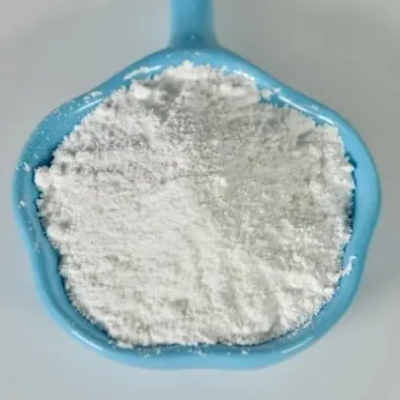
2,4-Difluoro-alpha-(1H-1,2,4-triazolyl)acetophenone CAS:86404-63-9
2,4-Difluoro-alpha-(1H-1,2,4-triazolyl)acetophenone is an organic compound with the molecular formula C9H7F2N3O. It belongs to the class of acetophenone derivatives incorporating a 1H-1,2,4-triazole ring system, characterized by its specific fluorine substitution pattern.
-
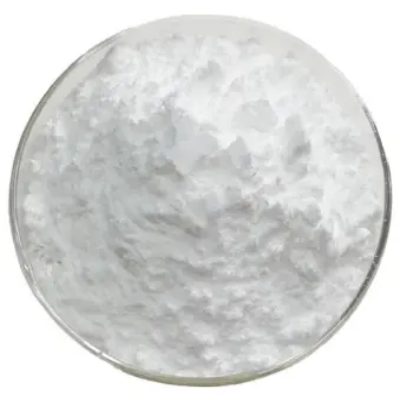
Ethyl 3-amino-4,4,4-trifluorocrotonate CAS:372-29-2
Ethyl 3-amino-4,4,4-trifluorocrotonate is an organic compound known for its pale yellow liquid form and unique chemical properties. It has the chemical formula C6H8F3NO2 and is derived from 3-amino-4,4,4-trifluorocrotonic acid by substituting one hydrogen atom with an ethyl group (-C2H5). This modification imparts specific characteristics to ethyl 3-amino-4,4,4-trifluorocrotonate, making it valuable in various industrial applications. The compound is particularly noted for its role as a building block in organic synthesis, including pharmaceuticals and agrochemicals, due to its versatile chemical reactivity and stability.
-
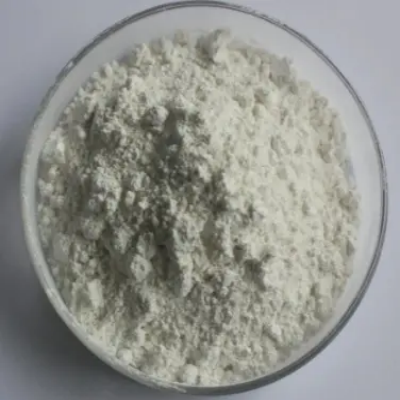
Sodium trifluoromethanesulfonate CAS:2926-30-9
Sodium trifluoromethanesulfonate, also known as trifluoromethanesulfonic acid sodium salt, is an important chemical compound recognized for its crystalline solid form and hygroscopic nature. It has the chemical formula CF3SO3Na and is derived from trifluoromethanesulfonic acid by neutralizing with sodium hydroxide. This modification imparts specific properties to sodium trifluoromethanesulfonate, making it valuable in various industrial applications. The compound is particularly esteemed for its role as a strong acid catalyst and phase-transfer catalyst in organic synthesis, owing to its high solubility in polar solvents and stability under harsh reaction conditions.
-
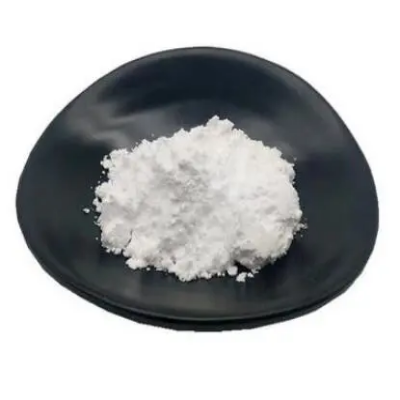
ethyl difluoroacetate CAS:454-31-9
Ethyl difluoroacetate (EDA) is a notable chemical compound recognized for its unique molecular structure and versatile applications across various industries. With the chemical formula C4H5F2O2, EDA consists of a difluoromethyl group (-CF2COOEt) attached to an ethyl ester backbone. This compound is synthesized through the esterification reaction of difluoroacetic acid with ethanol, resulting in a clear, colorless liquid with distinctive chemical properties. EDA is valued for its role as a key intermediate in organic synthesis, pharmaceutical chemistry, and as a precursor in the production of specialty chemicals and materials requiring enhanced stability and functionality.
-
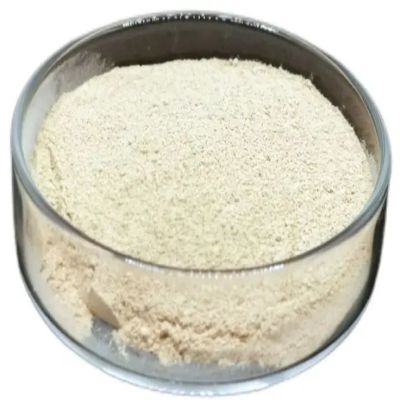
Potassium trifluoromethanesulfonate CAS:2926-27-4
Potassium trifluoromethanesulfonate, also known as trifluoromethanesulfonic acid potassium salt, is a notable chemical compound recognized for its crystalline solid form and specific chemical properties. It has the chemical formula CF3SO3K and is derived from trifluoromethanesulfonic acid through neutralization with potassium hydroxide. This alteration imparts distinct characteristics to potassium trifluoromethanesulfonate, making it valuable across various industrial applications. The compound is particularly esteemed for its role as a strong acid catalyst and phase-transfer catalyst in organic synthesis, owing to its high solubility in polar solvents and stability under rigorous reaction conditions.
-
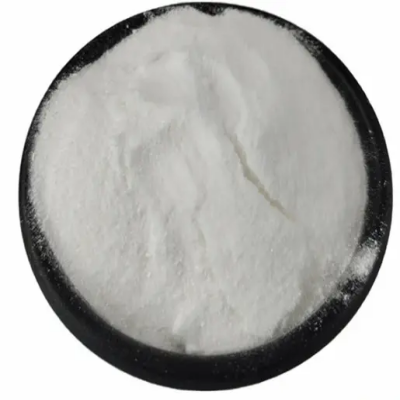
Trifluoroacetylacetone CAS:367-57-7
Trifluoroacetylacetone (TFAA) is a notable chemical compound recognized for its unique molecular structure and diverse applications across various industries. With the chemical formula C6H5F3O2, TFAA consists of a trifluoromethyl group (-CF3) attached to a diketone backbone. This compound is synthesized through the reaction of trifluoroacetic acid with acetylacetone, resulting in a stable, colorless liquid with distinctive chemical properties. TFAA is valued for its role as a versatile building block in organic synthesis and its applications in coordination chemistry, catalysis, and as a precursor in the production of specialized chemicals and materials requiring enhanced stability and functionality.
-

N(epsilon)-trifluoroacetyl-L-lysine CAS:10009-20-8
N(epsilon)-Trifluoroacetyl-L-lysine is a notable chemical compound recognized for its unique molecular structure and diverse applications across various industries. With the chemical structure C14H21F3N2O5, N(epsilon)-trifluoroacetyl-L-lysine is derived from lysine, an essential amino acid, with a trifluoroacetyl group (-CF3CO) attached to its epsilon amino group. This modification enhances its stability and alters its chemical properties, making it valuable in biochemical research, peptide synthesis, and pharmaceutical chemistry. N(epsilon)-Trifluoroacetyl-L-lysine is synthesized through the reaction of lysine with trifluoroacetic anhydride under controlled conditions, resulting in a crystalline solid with specific solubility characteristics.
-
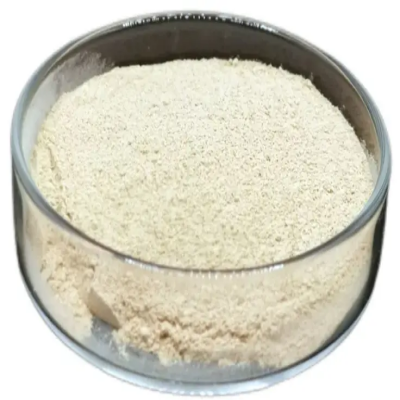
Ethyl 4,4-difluoro-3-oxobutyrate CAS:352-24-9
Ethyl 4,4-difluoro-3-oxobutyrate, also known as ethyl 4,4-difluoroacetoacetate, is a colorless liquid characterized by its fruity odor. With a chemical formula C6H7F2O3, it plays a significant role in various industrial applications, leveraging its distinct chemical properties.
-
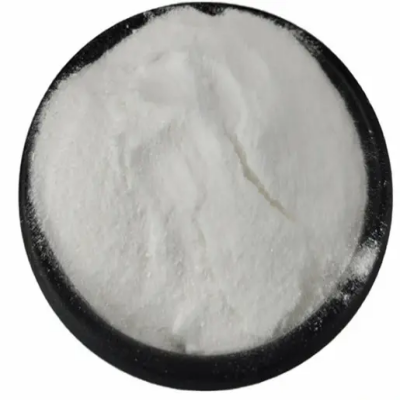
ethyl 4,4,4-trifluoroacetoacetate CAS:372-31-6
Ethyl 4,4,4-trifluoroacetoacetate is an organic compound recognized for its colorless liquid form and sharp, fruity odor. It bears the chemical formula C6H6F3O3 and is derived from 4,4,4-trifluoroacetoacetic acid by substituting one hydrogen atom with an ethyl group (-C2H5). This modification imparts unique properties to ethyl 4,4,4-trifluoroacetoacetate, making it valuable in various industrial applications. The compound is particularly esteemed for its role in fragrance formulations and as a key intermediate in the synthesis of pharmaceuticals and agrochemicals, owing to its specific chemical reactivity and stability.
-
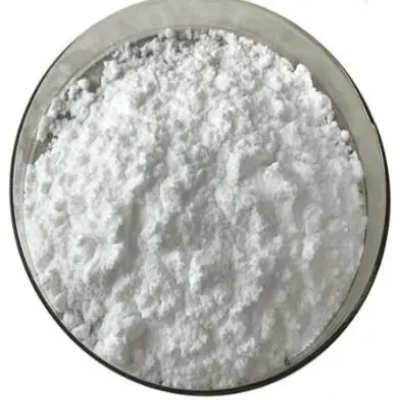
N-methyl-2,2,2-trifluoroacetamide CAS:815-06-5
N-Methyl-2,2,2-trifluoroacetamide (NMTFA) is a notable chemical compound recognized for its unique molecular structure and diverse applications across various industries. With the chemical formula CF3CONHCH3, NMTFA consists of a trifluoromethyl group (-CF3) attached to an acetamide backbone (-CONHCH3). This compound is synthesized through the reaction of trifluoroacetic acid with methylamine, resulting in a crystalline solid with a characteristic odor. NMTFA is valued for its role as a versatile building block in organic synthesis, pharmaceutical chemistry, and as a reagent in the production of specialized chemicals and materials requiring enhanced stability and functionality.

